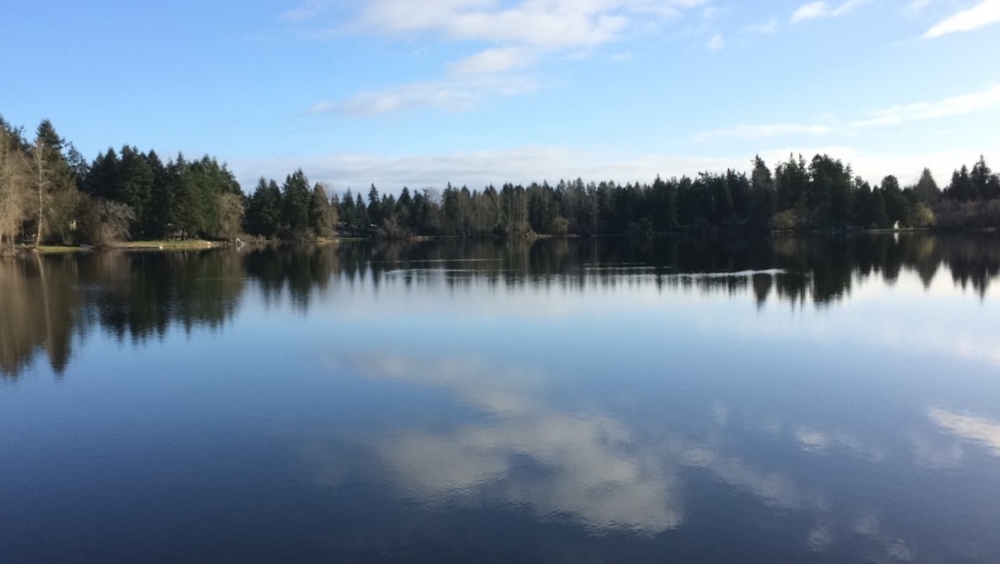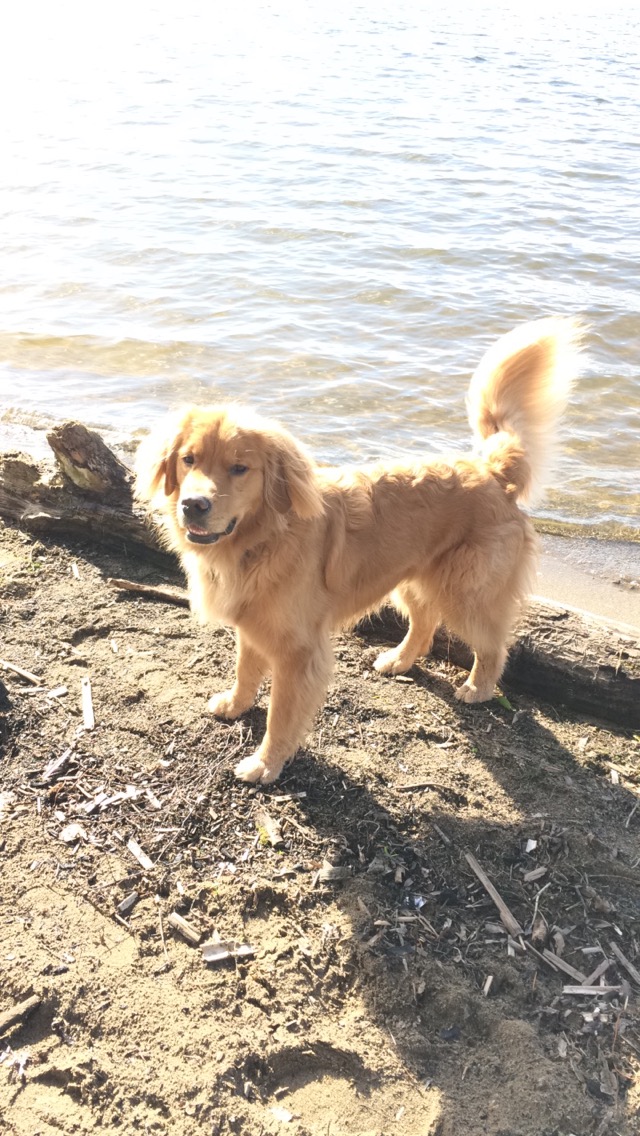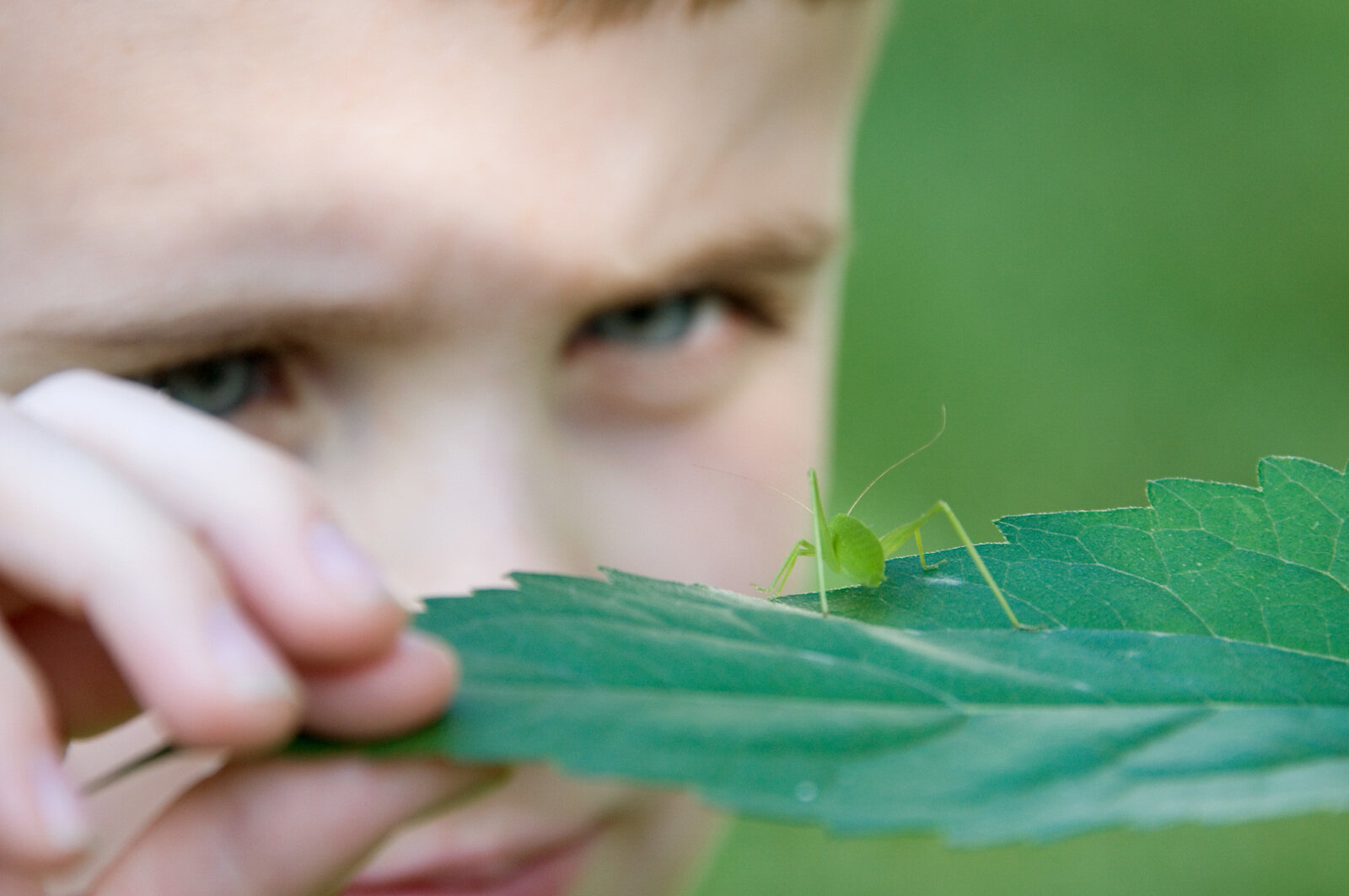Written and Photographed by Carrie Krueger, Director of Marketing, The Nature Conservancy in Washington
We want to know: Where do you see Nature Nearby? Share your stories and images below for the chance to be featured on a future blog post!
Our state- and our world – are becoming increasingly urban. For some of us, that means that what was once a rural suburb is now a bustling city filled with homes and high rises. Yet as we grow, it’s vital we keep a strong connection to nature including wildlife corridors, water retention areas and places we can go for peace and solace.
Bellevue has gone from sleepy bedroom community to hub of commerce and industry. But its string of pearls is a connected series of parks allowing us to travel from Lake Sammamish to Lake Washington through forests, wetlands, farms and gardens.
Most recently, I began this trek at Weowna Park on the shores of Lake Sammamish. In the crisp morning air, we climbed through lush, mossy forests, across streams, occasionally pausing to look back at the lake below. We emerged into a residential area and wandered through lovely neighborhoods, past the Lake Hills Park.
Phantom Lake and the surrounding wetlands were teeming with birds, and as we made our way through the Lake Hills greenbelt, many walkers carried binoculars. The meandering greenbelt features towering trees, wetlands and even agriculture in the form of blueberry farms where signs of a tasty harvest next summer are just beginning. At the northern end of the greenbelt is beautiful Larson Lake – so peaceful though thoroughfare traffic, shopping and other signs of urban life are close by.
Following the trail behind and around Sammamish High School, we were again reminded that we are in the middle of a burgeoning city where the already large high school is being expanded to accommodate growth. But just beyond, we were plunged back into nature, joining the powerline trail and then the forest behind Kelsey Creek Farm. In the creek, salmon still spawn and the surrounding wetlands hold and filter water. In the middle, farm animals are a draw for kids – and their parents.
Just three blocks of neighborhood walking took us to the rich forest east of Wilberton Park. Ballfields and a playground on the other side connected us to the Bellevue Botanical Gardens. Here there is much to see in the form of immaculate, groomed gardens but also a wild canyon experience complete with a suspension bridge.
From the serenity of the gardens, we experienced the most urban and perhaps least enjoyable part of the trek – a brief walk directly parallel to the much-used 405 freeway. It’s hard to ignore growth and demands on nature when walking next to a jam-packed freeway. Fortunately we were quickly under the 405 and into the spectacular Mercer Slough. It’s remarkable that such an important and natural place exists in the shadow of downtown high-rises. Heron, turtles and other wildlife are common sights and this time of year, hints of spring popping up everywhere.
From the slough, we shared the trail with bicyclists as we made our way to the shore of Lake Washington at Enatai park. The park is a perfect place for considering the interface between nature and development because it is set literally underneath the I-90 freeway. Yet looking out on to the lake, nature abounds as does wildlife and recreation.
Our trek through Bellevue demonstrates many of the benefits of creating a strong tie to nature in the midst of intense growth. Parks, greenbelts and even small pockets of plants foster wildlife, cool the air in the summer, clean urban storm water runoff and give us a place to retreat and reenergize.



































